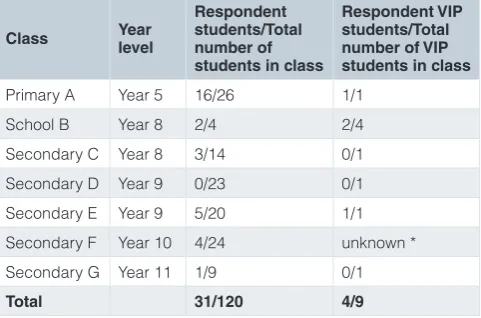Sighted and visually impaired students’ perspectives of illustrations, diagrams and drawings in school science
Full text
Figure




Related documents
Based on a calibration set of 1,000 simulations, and the above reference table of size 29,000, the optimal number of neighbours that should be used by the standard ABC model
This review provides an update on current evidence surrounding epidemiology, treatment and prevention of lower respiratory tract infection, with special reference to pneumonia
communicate connect create critical thinking Basic Literacy Media Literacy Digital Citizenship The app supports: collaborate Bloom's Taxonomy November's Digital Learning Farm
careful not to stress the PIN with iron tip. When soldering Display in a condition that the package is fixed with a panel, be careful not to cling and stress the surface of Display
Results of a path model testing the mediating effects of depressive symptoms and perceived peer risk norms in the association of neighborhood stress and sexual risk behaviors
Helps businesses efficiently manage their IP portfolio through the prosecution and maintenance processes Secure, cloud-based IP management, easy to use and administer.
The control lists are published by the Commission of Science, Technology & Industry for National Defence (COSTIND) in association with China Atomic Energy Authority (CAEA) for
We first tested whether the training had a positive effect on the action-regulatory factors of entrepreneurial self-efficacy (Hypothesis 1a), action knowledge (Hypothesis